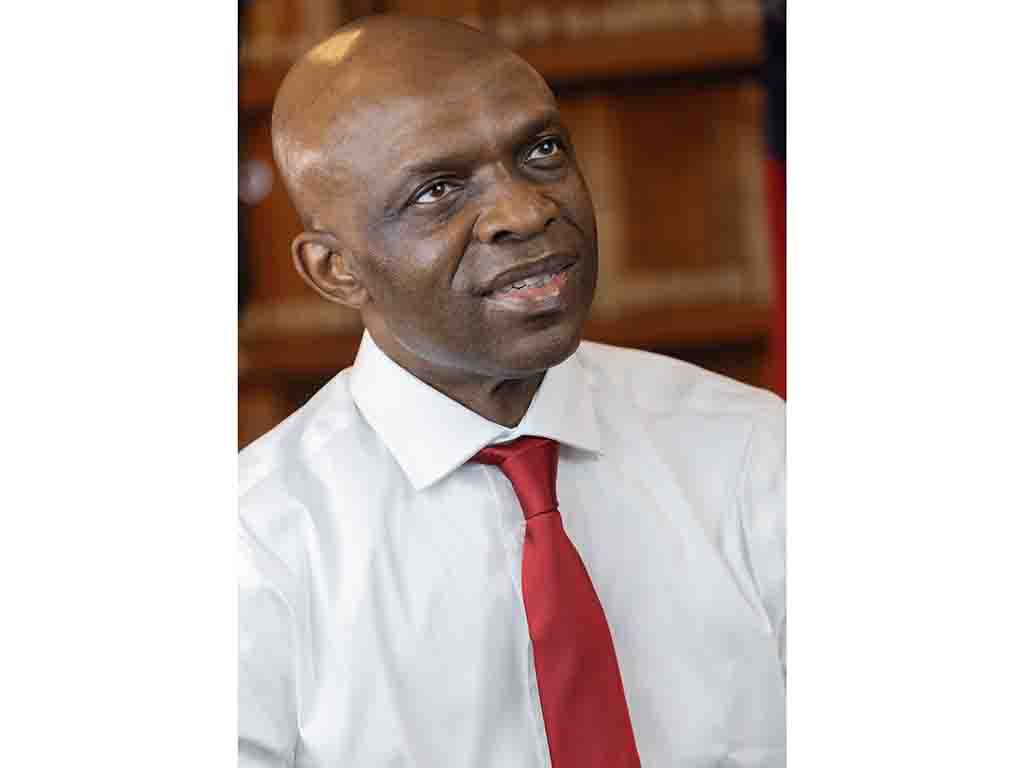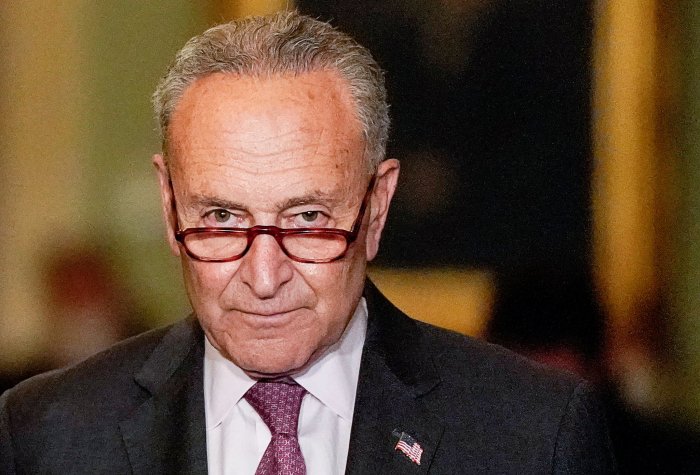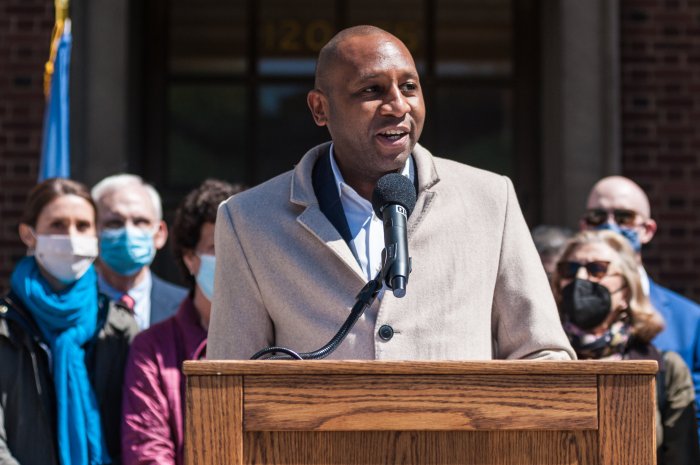Mayor Eric Adams, who assumed office on New Year Eve, Jan. 1, 2022, was anointed mayor following a very contentious election battle running as a centrist. He promised to keep New Yorkers safer, a daunting task even for a former NYPD captain.
The surging omicron variant put a damper on Adams’ historic inauguration as the city’s second African American mayor. Still, history will chronicle Adams as the 110th mayor of the greatest city that is home to the United Nations.
New York City is facing a big challenge with crime that will put Adams — a former police officer — to the test. He won his race on the promise that “Public safety is the prerequisite to prosperity.” Other equally pressing issues — the COVID-19 pandemic, homelessness, housing and rebooting the economy decimated by the pandemic — are on his radar.
This newly minted mayor clearly understood what it will take to surmount the threat to public safety in our city, and return to normalcy after more than two years of hardship and deaths, with COVID having eviscerated and paralyzed the economy. Clearly, this pandemic upended life with families and essential workers paying a hefty price as many lost loved ones.
Thankfully, Mayor Adams has the support of leaders including President Biden, who is due in New York City this week to show Democratic solidarity at a crucial time, as crime is becoming an impediment to advancing the party agenda across the United States. Without safer cities where families can walk the street without danger of assault, robbery and even death, our democracy finds itself at a bad intersection and abyss.
Mayor Adams’ predecessor, Bill de Blasio, a die-hard progressive, should join hands to assuage centrists bothered by his support about defunding police. Like every other leader before him, a better legacy remains ideal.
Additionally, no meaningful public safety discussion should ignore homelessness and its connection with mental illness. Presently in New York City, there are about 48,723 homeless people, consisting of 10,362 families and 15,346 children. One should not ignore the challenges they face and the stress they go through; plus, it’s a public safety issue.
Since the advent of this pandemic, the subway has become a rendezvous for the homeless, lodging on the subway cars and inconveniencing straphangers. Before people wore face masks, at times, the emanating odors could leave a whole subway car abandoned because the pungent smell can be unbearable. The ones that are mentally ill and not on medication often create havoc and engage in aggressive panhandling. Some who perhaps have mental and emotional challenges remain a menace, leading to concerned advocates calling for promulgation of new mental hygiene laws or strengthening of the existing Kendra’s Law of November 1999 (Kendra Webdale was pushed into the subway track by a mentally ill man). The law mandates involuntary outpatient commitment or outpatient treatment and grants judges the legal authority to mandate treatment for those who are noncompliant with meds or a danger to themselves or to undergo psychiatric evaluation. Those are safeguards to help keep our communities and counties safe. The serious implementation of this law may have taken a back seat since the pandemic and should be urgently strengthened.
Adams should also consider the deployment of NYPD personnel and Mental Health Crisis teams for transit safety. Commissioner Ydanis Rodrigues of the Metropolitan Transit Authority (MTA) should by now understand the magnitude of this problem and is probably already at the drawing board working on urgent solutions to ameliorate them.
Addressing public safety in New York City may ultimately require some police officers to be reassigned from their desk jobs at our 123 precincts to the streets and subway where their training can better be utilized. Replacing NYPD officers will not be challenging at all. NYC has an army of retired folks, patriotic volunteers and community-minded individuals who want to serve their city. Let’s think outside the box and do what it takes to improve public safety.
In the final analysis, our goal of making our city safer requires prudent management of resources, efficient manpower allocation and streamlining of city bureaucracy. These are crucial actions for Mayor Adams to advance his bold agenda to reimagine post-pandemic NYC.
George Onuorah is the author of “The Political Diary of A Rising Son,” a humanitarian and advocate, and former City Council candidate.


































